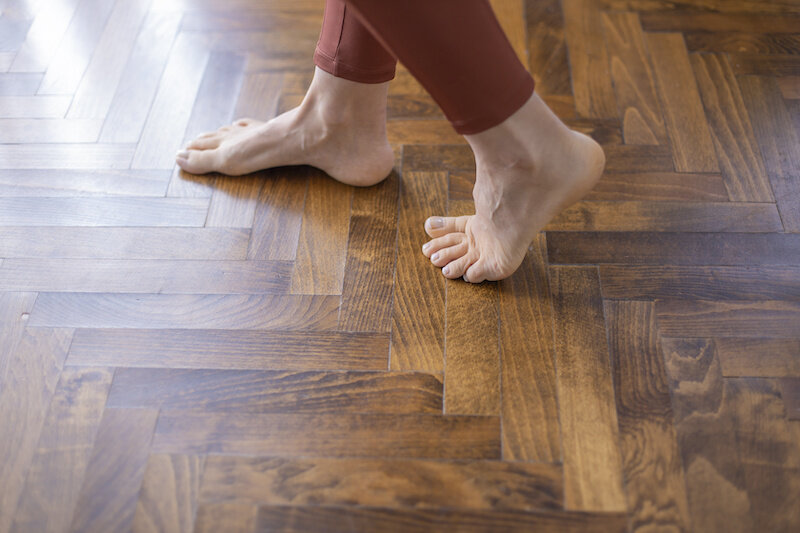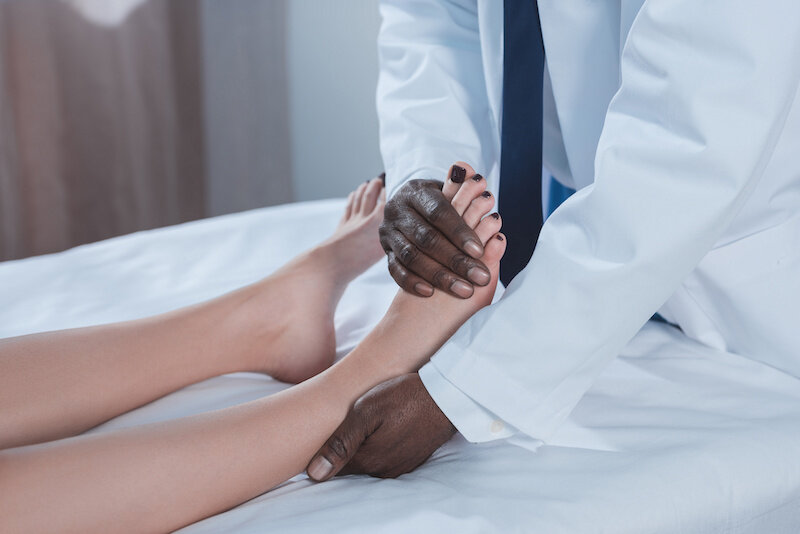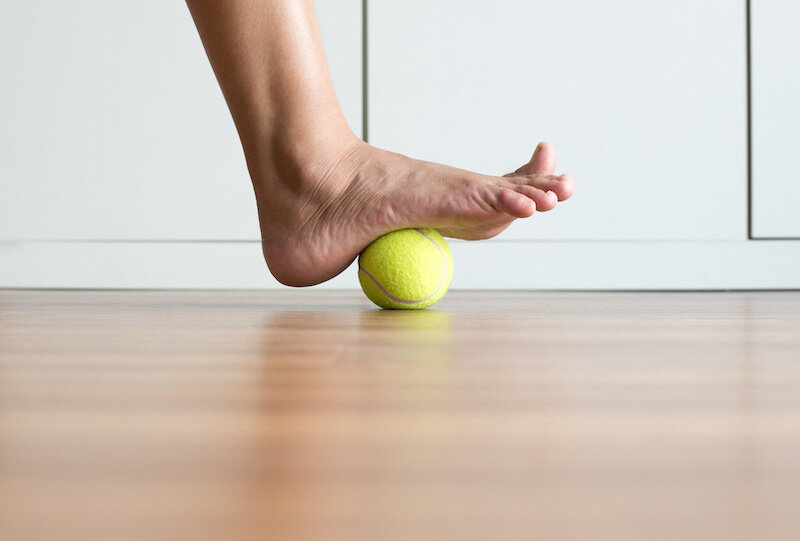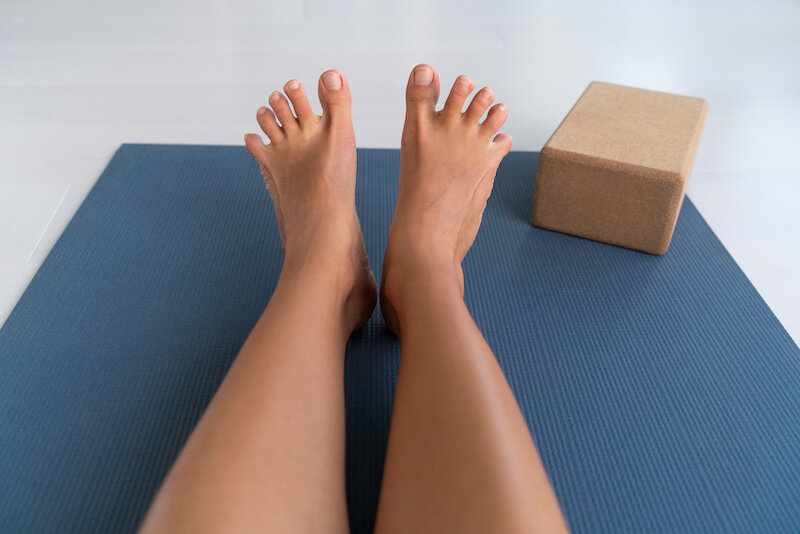Who has back pain – with and without exercise? How about knee pain? Ok, how about shoulder? Do I hear any hip, ankle, or wrist pain? Welcome to Peri-Menopause and Menopause and major hormonal shifts in your body. By the time you enter your 40s and 50s, this one part of your body has already sustained considerable damage. Add in menopause, and the issues compound with improper movement patterns. It is now when you need to start thinking about our exercise program and how we engage this body of ours during exercise and beyond. How we move is equally as important as when, why, and what movement we choose.
Check out some startling statistics:
- Over one million people receive total hip or total knee replacement each year in the U.S. alone.
- By age 80, one in ten Americans get a knee replacement.
- 577 million worldwide were living with lower back pain. Both are met with great personal and financial cost.
What part of your body is the most important to you achieving your fitness goals? What one part of our body has 25 bones and 107 ligaments, and over 100 muscles and tendons? Our feet!

• 25 percents of your bones in our bodies are in our ankles and feet
- The feet are responsible for “setting up” the (kinetic) chain of events that occur every second the feet are in contact with the floor. Another post for another day is how we need to incorporate kneeling, half kneeling, laying down supine (face up), and prone (face down) in your exercise program – not just on the feet.
Foot pain affects women more than men, ranking among the top 20 reasons for doctor visits among those over age 65, per a 2018 study in the Journal of Foot and Ankle Research. Our feet initiate the chain of “events” that occur every time they are in contact with the ground. Each “event” that occurs with our feet on the ground depends on proper “footing.” For example, when you “pronate” or lean toward the inside edges of your feet, or when you supinate, lean toward the outside of your feet, every part of your body responds all the way up to the top of your head. When the foundation is off, the rest goes awry.
I liken our bodies to a chain that has links. When those links are weak, ill-shaped, and go unaddressed, it can lead to a multitude of aches and pains. If in this case, it is the feet, so often that pain is followed by doctor’s visits, chiropractor adjustments, physical therapy manipulations, acupuncture, massage, and yes, orthopedic doctors’ offices for a 15-minute conversation about how you need surgery. It can be very costly to have a weakness. You may also be told that you need different shoes or “better insoles.” However, again, insoles will keep your feet from moving and strengthening throughout the day. Most of the time, foot issues are attributed to weak feet.

My Covid chronic injury was Piriformis Syndrome due to weakness and lack of engagement of my left big toe. Literally, my big toe was causing all kinds of trouble for me – neck down.
Want to know if you have weak feet? Here are three ways to find out!
- LAX or tennis ball massage while standing. If this massage bothers you, you have spots that need strengthening. Remember: a tight muscle is often a weak muscle.
- LAX or tennis ball massage while standing. If this massage bothers you, you have spots that need strengthening. Remember: a tight muscle is often a weak muscle.
- Stand barefooted. Hold lightly onto a chair or countertop for support. Lift one foot off the ground, then slowly rise onto the ball of your other foot and lower down. If you cannot perform 10 reps on each side without pain or severe wobbling, you need to work on building foot strength.
- Perform the exercises below. If you have difficulty with any, you have weak feet.

What can you do about it?
Touch your feet. Giving them that skin-on-skin stimulation, even massaging them, will help your feet get more neural stimulation and heal.
Take off your shoes! Going barefoot is how we are intended to move. Our ancestors didn’t’ have insoles and inserts to help them move about. They walked long distances on bare feet. They didn’t have bunions, knee, back, and the plethora of issues we hear about daily.
Stand on one leg. This can be a source of truth for a bunch of strength tests, yet if you really feel it in your feet (or elsewhere) I think you know the culprit.
Toe spreads. With your heel on the ground, lift your toes and work on spreading them apart as wide as possible. Try to return them to the floor still spread out.
Towel grabs. Use the toes to pick up a towel off the floor. This is not easy yet, so good for you!
Walk barefoot on a variety of terrain. The foot gets stronger with tactile response and input from the Earth. When challenged with grass, concrete, cobblestone, or uneven terrain, we provide the foot with an environment that can improve its versatility and strength.

Sign up below for our newsletter to learn about new programs we are unveiling this Spring!



